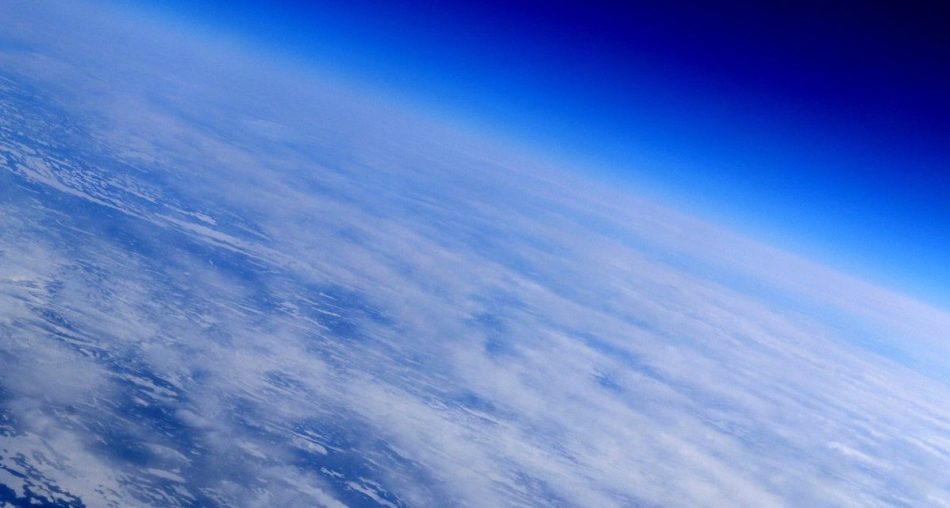Dec 9 2019
In 1987, an international agreement called the Montreal Protocol was signed to bring an end to the destruction of the ozone layer by chlorofluorocarbons (CFCs).
 Stratosphere. Image Credit: Willpower.
Stratosphere. Image Credit: Willpower.
The Montreal Protocol currently seems to be the first international treaty to effectively decelerate the rate of global warming.
A new study reported recently in Environmental Research Letters has shown that due to the Protocol, global temperatures at present are significantly lower. Moreover, by the mid-21st century, the Earth will be, on average, at least 1 °C cooler than it would have been in the absence of the treaty. Mitigation is even higher in regions like the Arctic, where the prevented warming would be nearly 3 °C to 4 °C.
By mass CFCs are thousands of times more potent a greenhouse gas compared to CO2, so the Montreal Protocol not only saved the ozone layer but it also mitigated a substantial fraction of global warming.
Rishav Goyal, Study Lead Author, ARC Centre of Excellence for Climate Extremes
Goyal added, “Remarkably, the Protocol has had a far greater impact on global warming than the Kyoto Agreement, which was specifically designed to reduce greenhouse gases. Action taken as part of the Kyoto Agreement will only reduce temperatures by 0.12 °C by the middle of the century—compared to a full 1 °C of mitigation from the Montreal Protocol.”
The study outcomes were achieved accidentally when the researchers started measuring the impact of the Montreal Protocol on the atmospheric circulation around Antarctica. To obtain their results, the team modeled global climate under two conditions of atmospheric chemistry—one with and another one without the Montreal Protocol being passed.
Furthermore, the team extended these simulations to the future by making use of conservative estimates for unchecked CFC emissions. These emissions were set to 3% growth per year, which is considerably lower than the CFC growth rates noticed during the establishment of the Montreal Protocol. Thus, their outcomes possibly underestimate the true effect of the international agreement in decreasing the CFCs.
The effectiveness of the Montreal Protocol in mitigating climate change is much more remarkable when the focus is on regional domains. For instance, warming of between 0.5 °C and 1 °C has earlier been avoided in Africa, Eurasia, and North America. The avoided warming in certain areas by the mid-21st century will be 1.5 °C to 2 °C, and approximately 3 °C to 4 °C over the Arctic.
It was also found that, thanks to the Protocol, a specific amount of ice melt was avoided, where the extent of sea ice around the Arctic in the summer season is around 25% at present. This amount is greater than it would have been without any decrease in CFC emissions. The avoided warming over Greenland also indicates that the noted increase in the rate of melting of ice sheet there and the related sea-level rise has also been brought down by the Protocol.
Without any fanfare, the Montreal Protocol has been mitigating global warming impacts for more than three decades, surpassing some treaties that were specifically aimed to ameliorate climate change impacts.
Dr Martin Jucker, Study Co-Author, ARC Centre of Excellence for Climate Extremes
Looking forward, co-author Prof. Matthew England stated, “The success of the Montreal Protocol demonstrates superbly that international treaties to limit greenhouse gas emissions really do work; they can impact our climate in very favourable ways, and they can help us avoid dangerous levels of climate change. Montreal sorted out CFC’s, the next big target has to be zeroing out our emissions of carbon dioxide.”
Climate surprise: Closing the ozone hole
How the Montreal Protocol not only saved the ozone layer but has also slowed the rate of global warming by as much as 25%. Video Credit: The Australian Academy of Science.